Money makes the world turn, for better or worse. In Civilization 7, it’s “better” if you’re rich, and “worse” if your neighbors are rich instead. It’s a good idea to maintain a strong economy in the game regardless of whether your aim is to achieve an economic victory, but if your eyes are set on the trillionaire prize, you’ll want to know how to make it happen.

Related
Civilization 7: Mementos, Explained
Mementos are a type of meta progression in Civilization 7 unlocked by completing the Foundation Path and leveling your leaders.
Civilization 7 includes quest objectives for each Legacy Path, including the economic variety, but it’s best – especially on higher difficulties – to understand how to plan for your ultimate win from the very beginning.
Keep To Your Settlement Cap
At the beginning of the game, you will have a settlement cap of three. Anything past that, and you will incur Happiness penalties. While you won’t want to exceed that cap (though it’s hardly the end of the world if you do), you should always aim for the max. Start training Settlers as soon as your city hits a population score of four.
Why is this so important specifically for Economic Victory? It’s because you want to grab as many resources as possible. Your ultimate goal to acquire the Golden Age Economic Legacy Card at the conclusion of the Antiquity Age will be to slot 20 resources.
The first way to do this is the simplest. Just establish settlements where there happen to be resources available.
Code Of Laws And Further Slots
You can’t train Merchants until you research the Code of Laws civic, so do that as quickly as possible. As for Influence, we recommend two ways to spend it if you’re on an Economic Victory path – befriending independent powers and getting extra trade routes through diplomacy.
The former is so that you can eventually convert your newfound city-states into your own settlements through Incorporation. The latter has the same goal, as both tasks will net you additional resources in time (well, unless an independent power lacks any slottable resources, in which case, your Influence is better spent on a different one).
Things get a bit weird here. It isn’t crystal-clear how to obtain extra resource slots in Civilization 7. One surefire way is to convert towns into cities, as towns can only slot bonus resources, while cities can slot both varieties.
The way to snag those much-needed resource slots is to construct Gold buildings and certain Wonders. Your primary “Gold building” throughout the Antiquity Age is the Market.
So long as you gradually amp up enough slots, and you’ve trained a few Merchants, expanded your trade availability with other leaders, and so forth, reaching the 20 resource requirement shouldn’t prove too tough.

Related
Civilization 7: Augustus Leader Guide
Augustus is a powerful expansionist and militaristic leader in Civilization 7, but there’s also a good amount of culture generation to be had as well.
Age Transition And Preparing For Treasure Fleets
If you manage to complete the Antiquity Age’s Economic Legacy Path, you’ll obtain the Economic Golden Age Legacy Card, which will allow you to keep all your cities heading into the next age. Definitely slot it; you can skip the awkward “all cities except your capital revert to towns” phase and save a ton of money.
Once you reach the Exploration Age, your goal will change. You’re going to need to spawn Treasure Fleets, unique Exploration Age units that will show up at founded settlements on ‘Distant Lands’ after a set number of turns so long as those settlements have Distant Lands resources in their vicinity.
We’ll get into all of this in a sec, but for now, take note of any unreachable coastlines you’ve encountered while exploring. Their tiles may be designated as other continents. More importantly, also take note of any other ‘continent’ on your overall landmass. Somewhat weirdly, these may also spawn Treasure Fleet resources.
Setting Sail…
Your instructions for the Exploration Age Economic Legacy Path will point you in the right direction at this point. You’ll need to research Astronomy and Cartography, followed by Shipbuilding, so that you have ships capable of entering ocean tiles – and, via Shipbuilding, the ability to enter them without taking damage.
Now, here’s the thing. Don’t let the damage stop you from entering tiles entirely until after Shipbuilding’s been researched. In our first game, we totally made that mistake. Rival civs will be risking the ocean damage to reach newfound destinations, and so should you.
You can only travel one ocean tile per turn until you’ve unlocked Shipbuilding, and you’ll take damage each time. You also won’t be able to do any of this with civilian units at first, and military units will take even longer.
Brave the sea for a couple of tiles, see if you can find a shoreline, and reach it if you can; head back if not, and search elsewhere until you do. Build multiple ships and have them search in separate directions to maximize your odds of success.
…And Searching For Treasure
The reason you’ve risked life and limb between unlocking Cartography and subsequently Shipbuilding is so that you don’t fall behind in locating Treasure Fleet resources. These include chocolate, tea, spices, silver, and gold.
Importantly, they’ll only be on Distant Lands tiles, which is to say, continents other than your own. (Although you may still find some on islands near your own continent, but for what it’s worth, they won’t actually become visible until the Exploration Age.)
In any case, find them, and settle within their vicinity as soon as possible. Yes, this may indeed involve perilous voyages overseas; unless they’re within a couple of ocean tiles of your coastal cities, you’ll obviously need to wait until you’ve got Shipbuilding.
As soon as you settle on a tile near a Treasure Fleet resource, improve the tile with the resource. You also need to construct a Fishing Quay, which the game doesn’t exactly make clear here.
This means any Treasure Fleet resources not near water are effectively irrelevant, so don’t waste time with them!

Related
Civilization 7: Mementos, Explained
Mementos are a type of meta progression in Civilization 7 unlocked by completing the Foundation Path and leveling your leaders.
Finishing The Exploration Age
A Treasure Fleet won’t spawn for a set amount of time, which is nebulous at best; but thankfully, there’s a way to see how many turns it’ll take before it happens. Pull up your settlement screen and open up the panel with the paper icon, and it should include a statement on how much longer it is until one pops up.
Whenever a Treasure Fleet does spawn, manually send it to your nearest coastal settlement within your own continent. Once it arrives, unload the treasure, at which point the Treasure Fleet will disappear. It’s just a matter of waiting for another to spawn at the resource’s origin.
As you progress through the Exploration Age Economic Legacy Path’s several milestones, you will ultimately require 50 Treasure Fleet points. Resources can be worth up to a couple of points apiece, but that is still, needless to say, quite a lot of points to acquire.
Thus, prioritize settling near as many Treasure Fleet resources as possible, so that you are regularly spawning Treasure Fleets in multiple locations.
Even if you fail to reach the 50 (which could happen “thanks” to rival civs rushing to settle near them as well), you’ll still do well for yourself with the various Economic Legacy Path Cards you’ve gained.
Industrialization
When you reach the Modern Age, you’ll have an all new set of circumstances. To achieve an Economic Victory in Civilization 7, you’ll need to slot 500 Factory resources and then build the World Bank. If that sounds indecipherable to you, don’t worry; we’ll take things one step at a time.
So, Factory resources come in all sorts of varieties, and you’re going to immediately have access to any and all of them which are within your territory.
Depending on your situation, you may actually find that you have quite a few, but they’re not going to do you any good just yet.
What we need to be able to do here is to build Factories, which will contain slots for these resources. But we also need to construct Railroads in order to connect your Factory-containing settlements.
Research Industrialization as quickly as possible, and then construct Rail Stations in your cities. This is the only way to transform your normal Roads into Railroads, which – again – we’ll need for connecting your empire.
Mass Production
After Industrialization, your aim on the tech tree becomes Mass Production. Even with these Railroads, we still don’t have a way to actually build Factories. That is, until we unlock Mass Production. Once that’s happened, get busy constructing Factories in every Railroad-connected city.
Unlike the Treasure Fleet resource system, where you had to wait for the titular Treasure Fleets to spawn, Factory resources accumulate a few Railroad Tycoon points every turn.
You want to build as many Factories as possible so that you can slot as many Factory resources as possible so that this is not too lengthy an ordeal.
Purcashing The Planet
Upon the 500 mark, a Great Banker unit will spawn in your capital. To secure your victory, you must send them to each civilization’s capital and build a bank there by selecting the unit’s appropriate action.
Surprisingly, you can warp the Great Banker from capital to capital, so travel time’s a nonissue. (Truly, the rich don’t play by the rules.) There is one caveat: you’ll need Gold and Influence galore for each bank, and the costs will rise each time.
Here’s where all our hard work throughout the entire campaign really pays off. After all, you’ll have made loads of money chasing Economic Legacy Paths in the past, and you should have the requisite cash on-hand, or at least a way to get there in short enough order!

Next
Civilization 7: Every Great Person, Explained
Find out what’s so great about each of Civilization 7’s Great People.
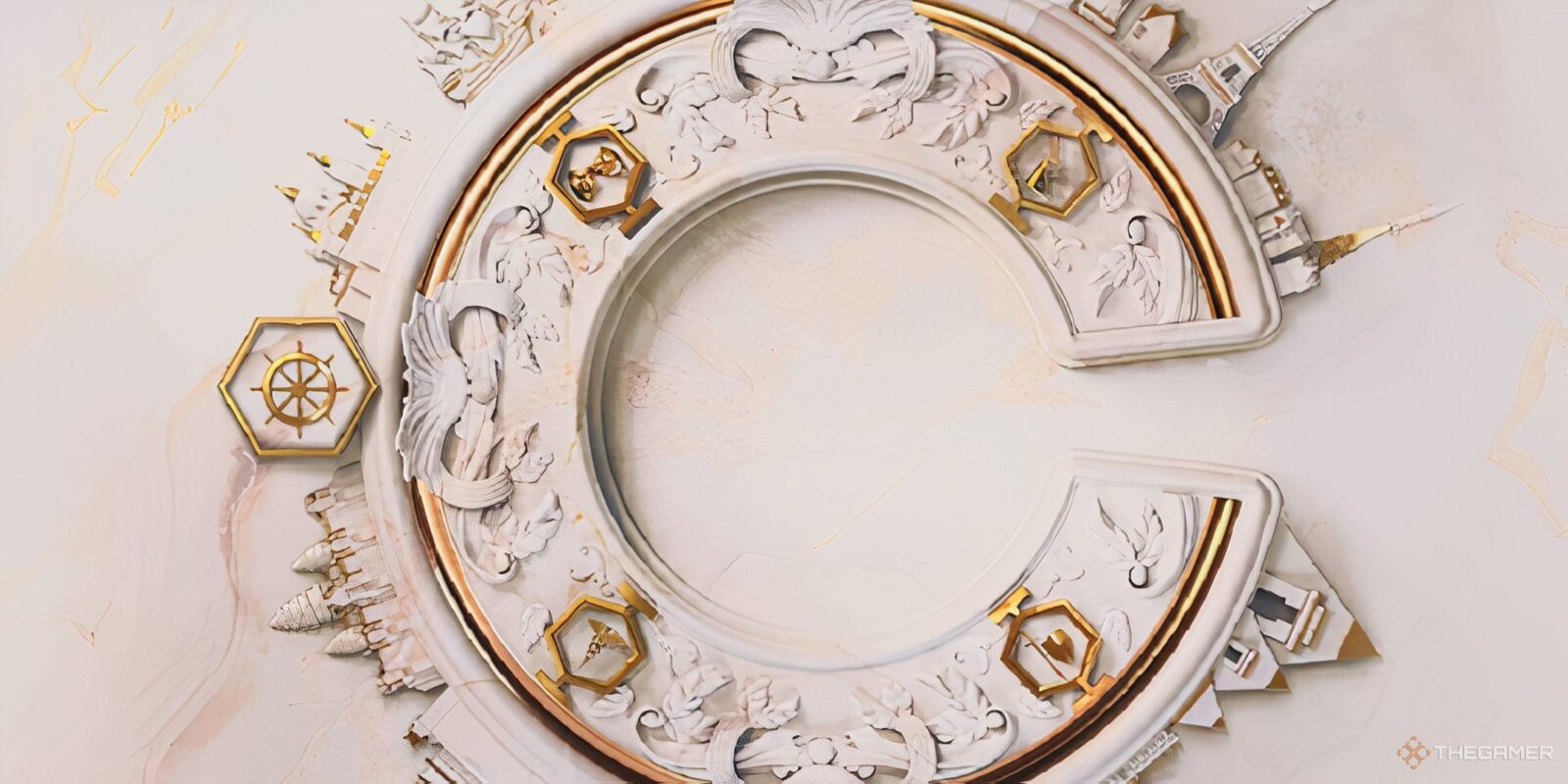


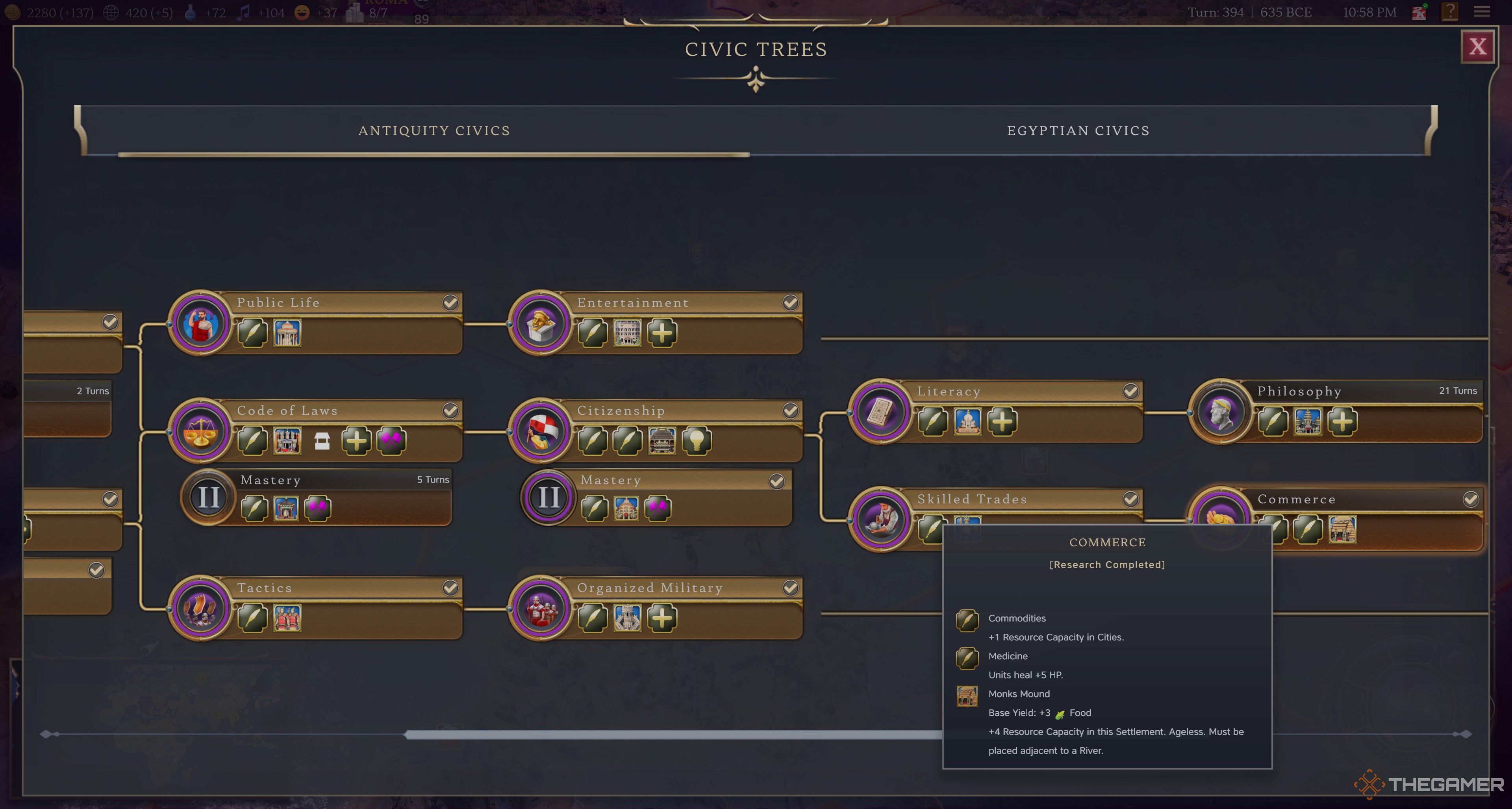


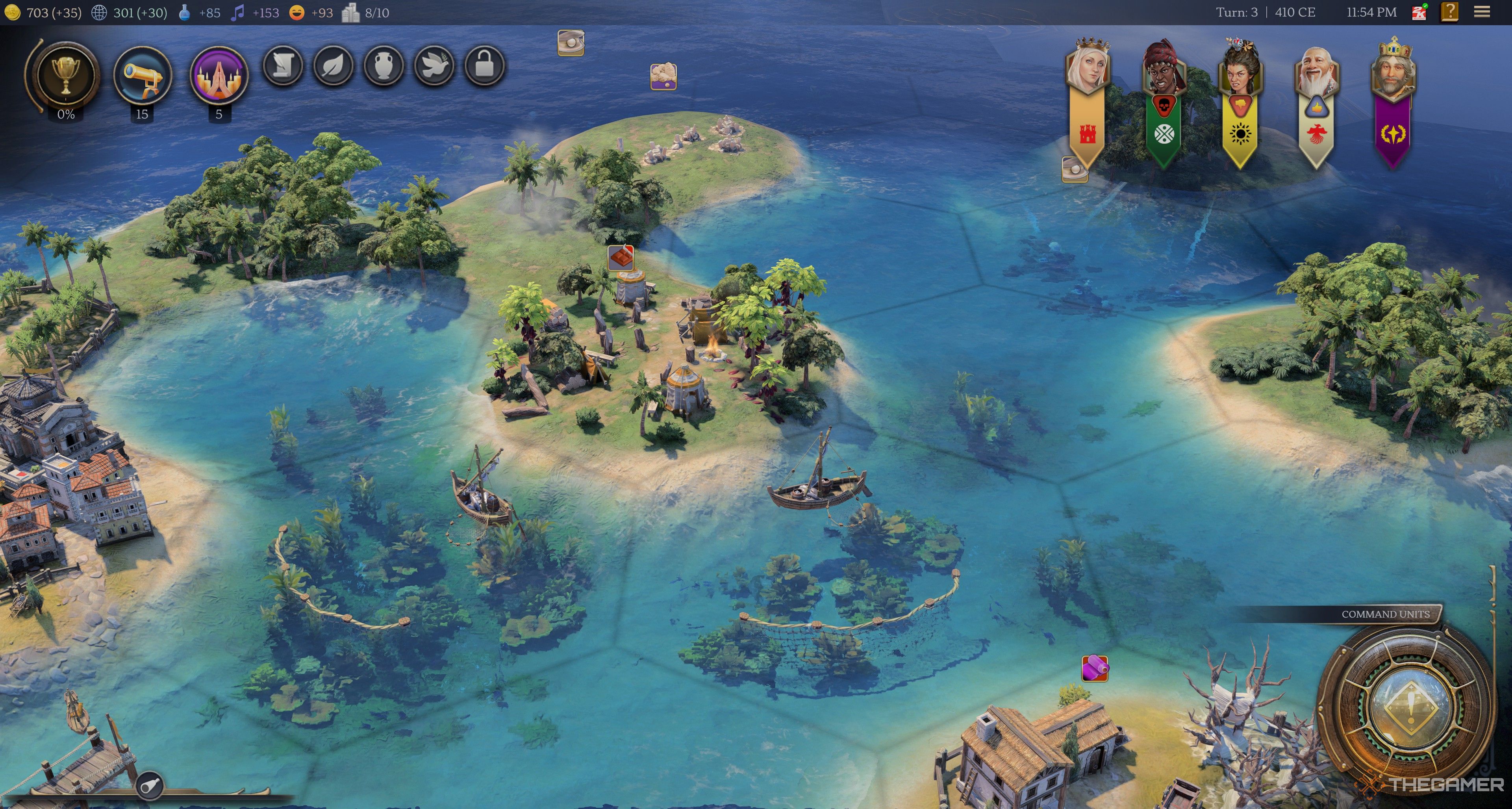

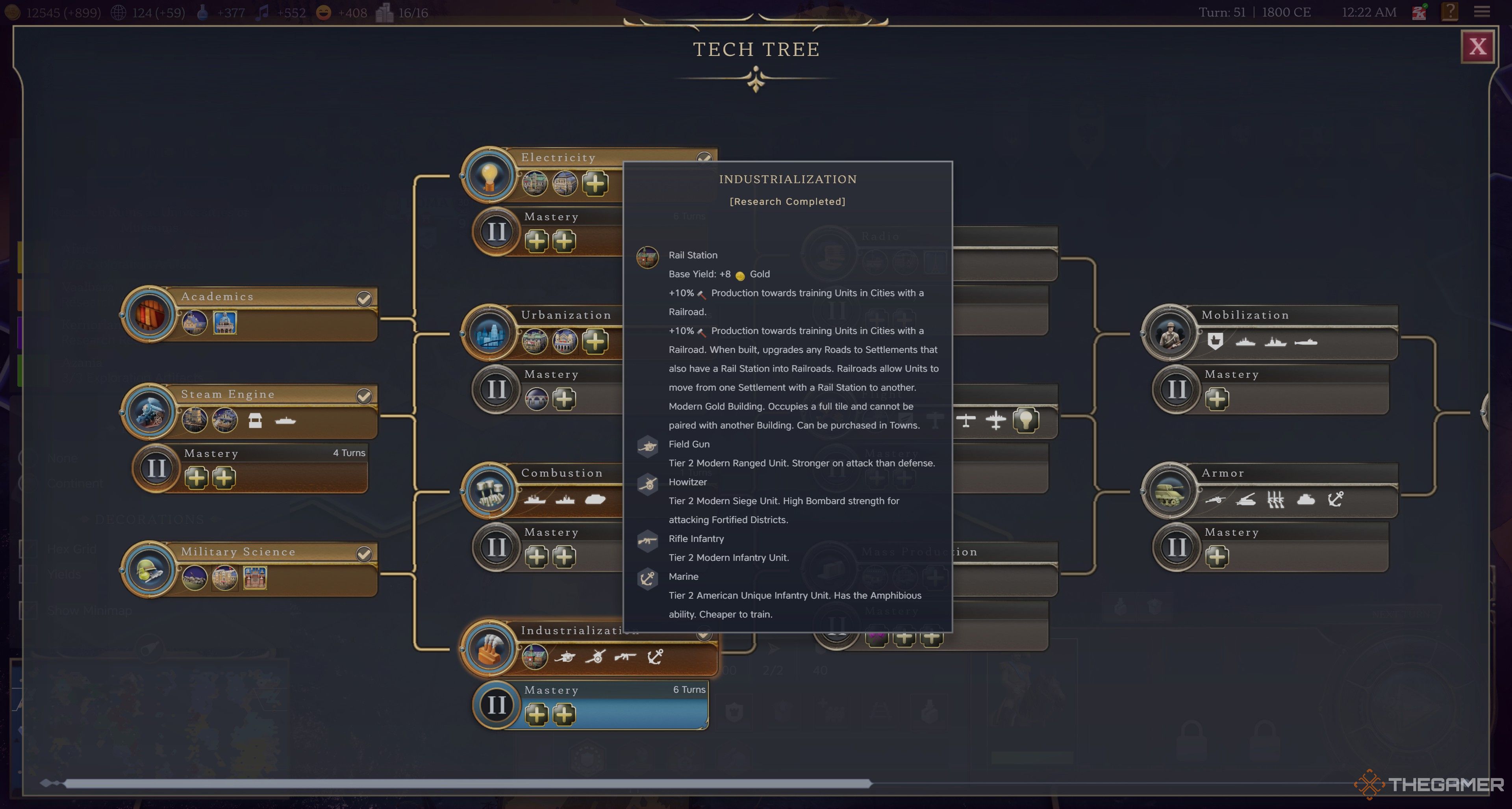
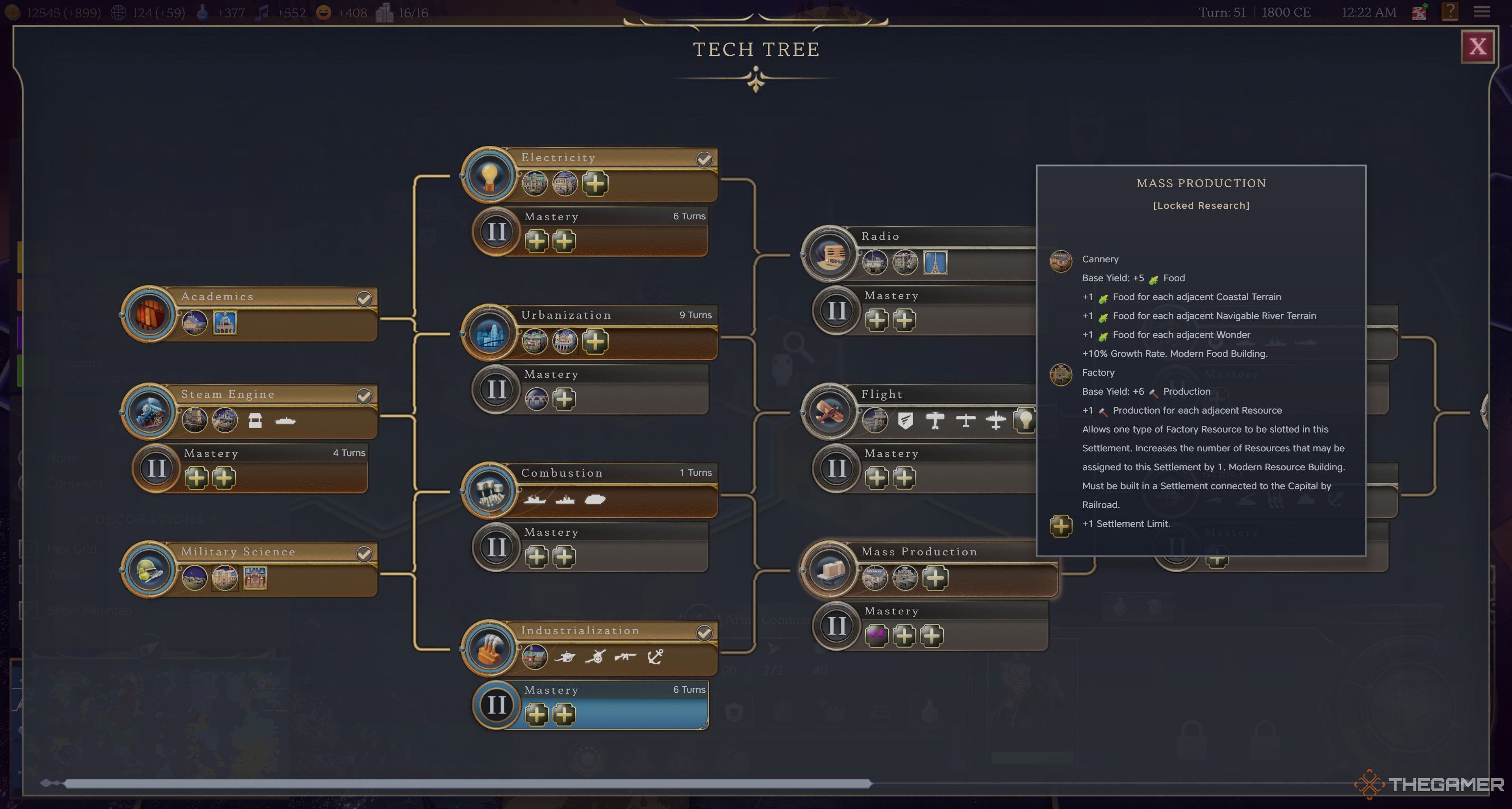
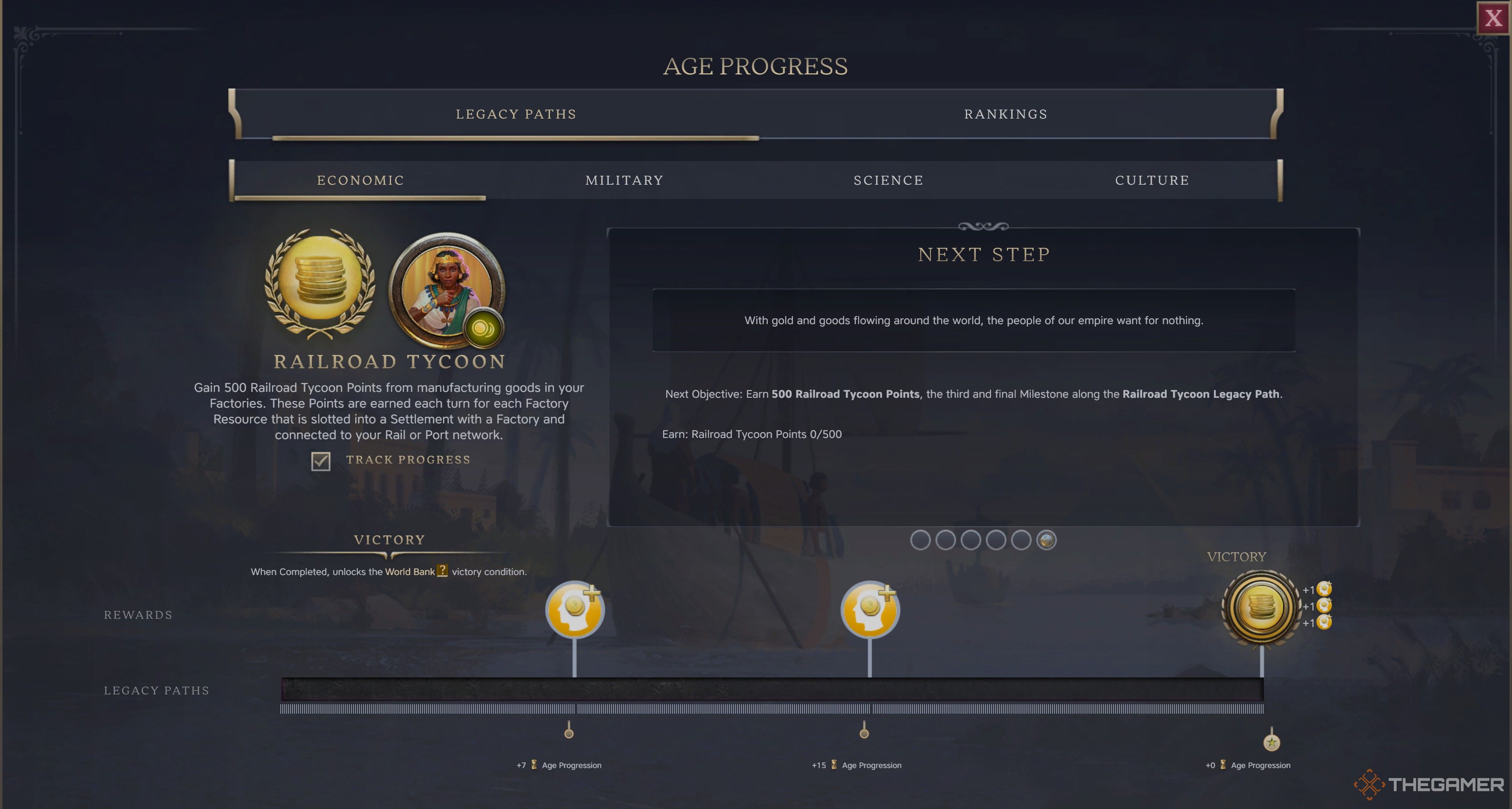





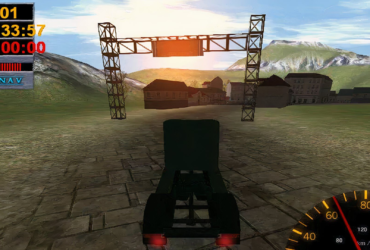



Leave a Reply